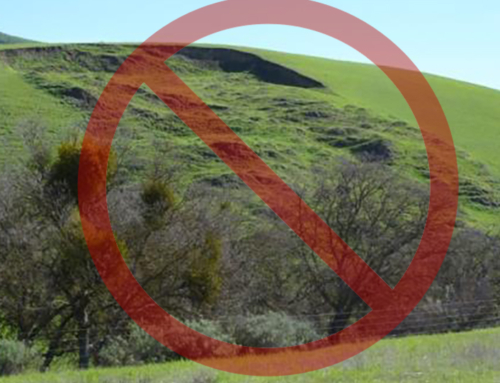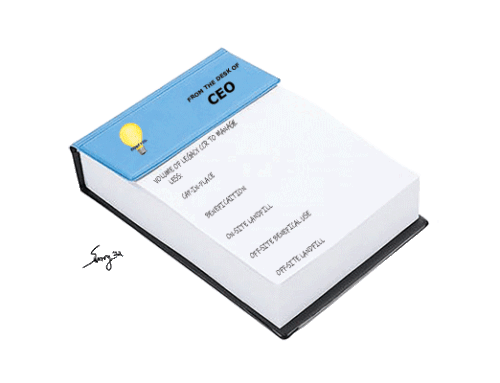Waste management refers to the various schemes to manage and dispose of wastes. It can be by discarding, destroying, processing, recycling, reusing, or controlling wastes. The prime objective of waste management is to reduce the amount of unusable materials and to avert potential health and environmental hazards. As simple as that explanation sounds let’s reword it from an operating perspective; recycle, collection, consolidation, reuse, and storage.
The “Storage” component of the waste management process complicates and creates challenges because of these issues;
Available Land for Waste Management is Dwindling
The days of loading up the family station wagon with the week’s trash and driving to the town dump are long gone. Communities are campaigning to close their local landfills every day. Just Google “Not in My Back Yard Landfill” and you will come up with 19.5 million hits. Re-introduction of environmental justice legislation in many states has brought phrases like “fair treatment” and “disproportionate share of the negative environmental consequences” and runs the risk of reverting to micro-landfills.
Conversion of Existing Landfills to Regional Based
Closing one landfill means the expansion of another, resulting in an acceptance of a regional based waste management system. However, this trend is constantly under attack because people do not want any trash in their community. Landfills within this system need to be properly maximized, not closed.
Keeping the storage component of the process simple is a very daunting and lonely task. Historically, landfill owners could rely on horizontal expansions to meet their capacity needs, but that has met with some very complex challenges. This creates a paradox: trying a traditional approach to solve a less than traditional problem.
So, what’s to be done?
This is where knee-jerk reactions need to be replaced by innovative thinking. The problem of solid waste disposal belongs to everyone, not just those living near landfills who wish they were somewhere else.
So, before folks shut down their community landfill and assume their trash will be trucked to somebody else’s back yard without consequences of some kind, they should do their utmost to maximize what they have. The technology is out there. It just takes open minds willing to consider all the options.
The Answer: Incremental Innovation
Innovation doesn’t have to be earth-shattering. In fact, incremental innovation is most common; it builds on something that already exists.
safeBERM® and safeSTORAGE® technologies are examples of incremental innovation. These methodologies are leading-edge, but based on a solid foundation of simple, tried-and-true engineering principles.





